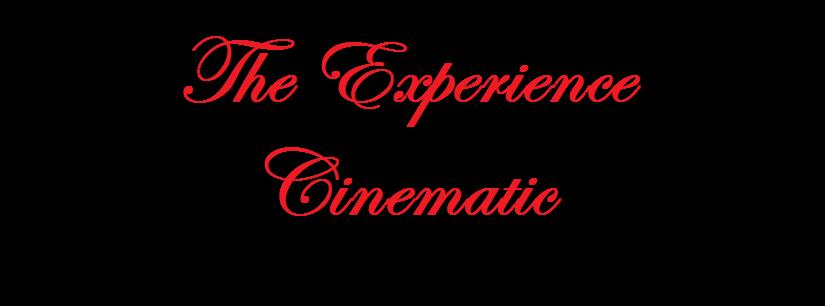
Being There, Hal Ashby’s 1979 comic-drama masterpiece is one of those films that have been discussed to the point that it is really hard to bring anything new to the table. From the satirical nature of the story, to Peter Seller’s brilliant performance, and to the notorious final shot, Being There is a film that has been talked to death, yet we still feel a need to try and say something about it. If that isn’t the mark of a brilliant film, what else is?
The film is the tale of a middle aged man named Chance, played by Peter Sellers, who has lived his entire life inside the confines of a wealthy man’s home, alternating between watching TV and working in the garden. He cannot write, cannot read, and only seems to be capable of imitating behavior presented on television. When the wealthy, elderly man dies, Chance is thrust out into the world for the first time, wearing the clothing of the deceased man. Through a series of, um, chance meetings, Chance ends up in the residence of Ben and Eve Rand (Melvyn Douglas and Shirley MacLaine), a wealthy couple with connections to the President of the United States, all whom mistake Chance for being a highly intelligent, warm and understanding individual instead of the near cipher that he is.
Right about here, I would start performing an analysis of the film, trying to grapple with some of its intellectual complexities. Perhaps talk about the playful biblical allusions in the film which give it an almost mythic feeling, all while discussing how the concept of the simulacra contextualizes this biblical inversion. Or maybe I could just rant about how brilliant Ashby and Sellers work is here, this being Sellers last fully completed film and Ashby’s last great (and even just plain solid) film. I could, if I wanted to, try and compare Being There to Ashby’s other works, or films of a similar nature.
However, I can’t help but feel I would be doing Being There a total disservice. This is a film built on observation and nuance, where Ashby fills every frame with small details that require the viewer to spend time diligently studying the film. While no film is objective, Ashby works hard to avoid dominating over the ideas put forth in the film with his own perspective, seeking to embody Roland Barthes’ concept of the writerly text (I hate the literary bias the term holds), where the viewer must truly work to bring meaning to the text. The film is filled to the brims with possibility, but it takes the viewer to bring it to living life.
For myself, I oddly find Being There a comforting experience. As much as the film is a critical reflection upon society and culture, I don’t feel that the film is entirely condemning of the society upon which it reflects. The world is one that simply is: for all its faults, for all its failings, it’s our (well, Western society’s) world and the one we are stuck with. Is Chance’s existence any more absurd than our own? And do we not project onto others our own thoughts, feelings and ideas? At some point in time, are we not a Chance to somebody? In that sense, the film is an acceptance of flawed humanity and miscommunication.
This is a much shorter review than I usually write, but I feel, just this one time, that my simply telling you to go see the film is the best thing I can do. Watch it with large groups; watch it with strangers; watch it with loved ones and, hell, even watch it with people you just plain dislike. When it is all done, start talking. I’m sure you’ll all have something fascinating to say.

